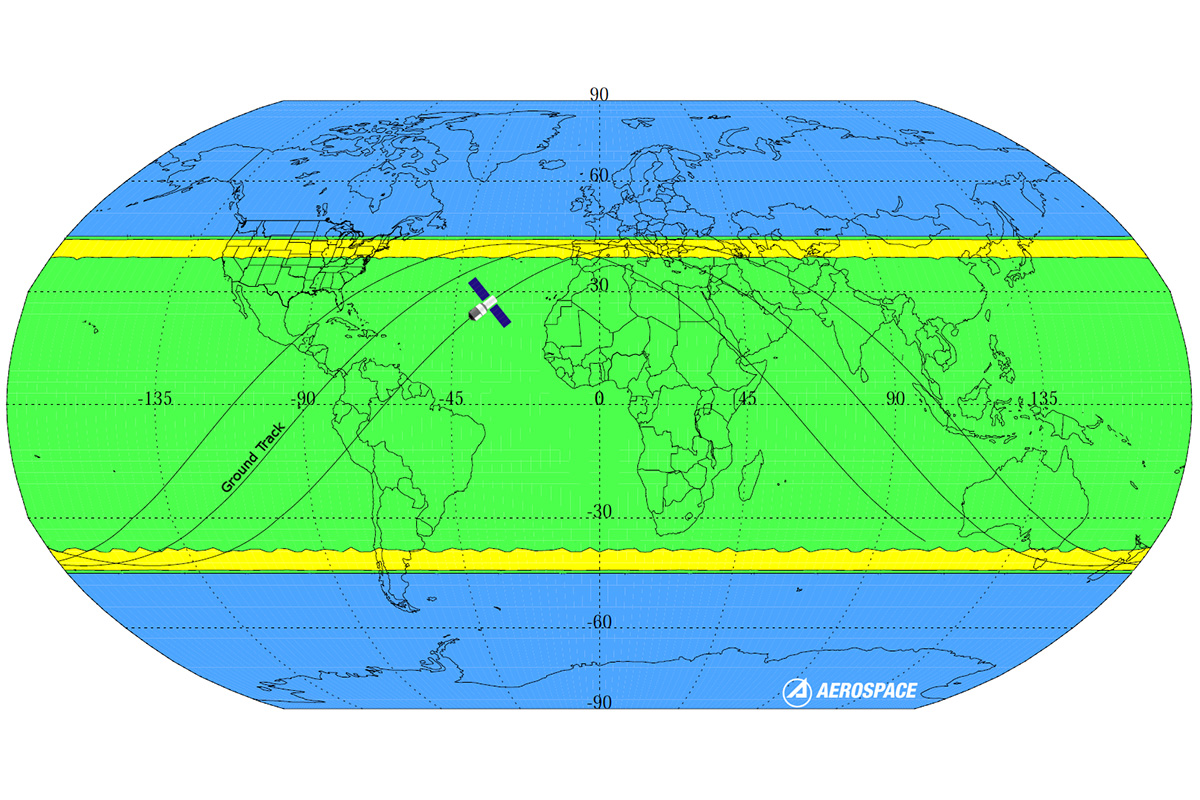The Odds of Getting Hit With Space Station Debris Are 1 in 300 Trillion
China's space station, weighing in at 9 tons (8,500 kilograms), is currently falling toward Earth, and those tracking the hefty payload estimate it will reenter our atmosphere some time between about March 30 and April 2. So how unlucky would you have to be to get bonked on the head with any Tiangong-1 bits that survive the fiery plunge?
Turns out, pretty unluckly. The odds that any person will get hit by falling Tiangong-1 debris in the regions on Earth that are most at-risk for such a collision are about one million times smaller than the odds of winning the Powerball jackpot, according to the Aerospace Corporation, a nonprofit corporation in California that advises military, civil and commercial space operations. [Gallery: Tiangong-1, China's First Space Laboratory]
So if the odds of winning the Powerball jackpot are about one in 292 million, as has been reported, then carrying out the math means your odds of a ding from the space station debris are about one in 292 trillion.
China launched Tiangong-1, the country's first space station, in September 2011, primarily so taikonauts (Chinese astronauts) could sharpen the skills — such as docking abilities — needed to build a planned space station in the 2020s, according to Space.com, a Live Science sister site.
Since then, Tiangong-1 has dutifully served its purpose, docking with three spacecraft: Shenzhou-8 in November 2011, Shenzhou-9 in June 2012 and Shenzhou-10 in June 2013, Space.com reported. But China lost contact with the 34-foot-long (10.3 meters) space station in March 2016, and now the 9.4-ton (8.5 metric tons) behemoth is falling back toward Earth.
Though Tiangong-1 is expected to collide with Earth around April 1, give or take a few days, according to a prediction by Aerospace, most of it will likely burn up in the atmosphere, Aerospace said. When this happens, people may see a bright light hurtling across the sky, likely resembling this meteorite that disintegrated over Bolivia in 2016.
As it reenters Earth's atmosphere, Tiangong-1 might break up into debris that could hit the ground or water, the Aerospace Corporation noted. If this happened, the debris would smash into the region of Earth that the station passes over, seen below in yellow (high probability), green (low probability) and blue (zero probability), Aerospace reported. The "zero probability" area constitutes about one-third of Earth's total surface area.
Get the world’s most fascinating discoveries delivered straight to your inbox.
But even people living within the yellow bands shouldn't sweat it. As mentioned, they're much more likely to win the Powerball jackpot than they are to get hit by Tiangong-1 debris.
However, if any piece of Tiangong-1 were to crash into a person, it wouldn't be the first time that part of a spacecraft hit someone. In 1997, a small piece of a Delta II rocket struck Lottie Williams, a resident of Tulsa, Oklahoma, on the shoulder, according to NPR. Luckily, Williams wasn't injured, and she remains the only person on record to be hit with a piece of human-made space debris.
That's not to say space gear doesn't come crashing down to Earth. Over the past 50 years, more than 5,900 tons (5,400 metric tons) of space debris has survived re-entry into Earth's atmosphere, but no incidents — except for Williams' — have been reported, Aerospace Corporation said.
Meanwhile, Space.com has reported, the Chinese space agency has already launched Tiangong-2, whose name, like its predecessor's, means "heavenly palace" in Mandarin.
Editor's Note: This article was first published on March 7 and updated with timely information on March 23.
Original article on Live Science.

Laura is the managing editor at Live Science. She also runs the archaeology section and the Life's Little Mysteries series. Her work has appeared in The New York Times, Scholastic, Popular Science and Spectrum, a site on autism research. She has won multiple awards from the Society of Professional Journalists and the Washington Newspaper Publishers Association for her reporting at a weekly newspaper near Seattle. Laura holds a bachelor's degree in English literature and psychology from Washington University in St. Louis and a master's degree in science writing from NYU.



